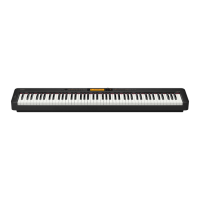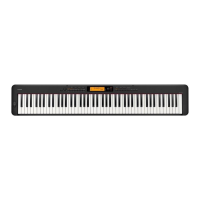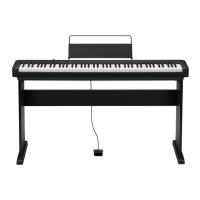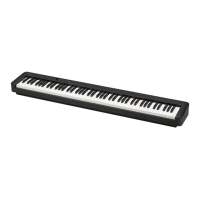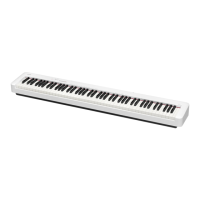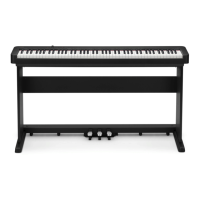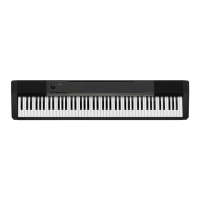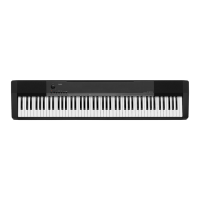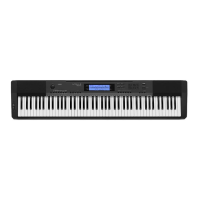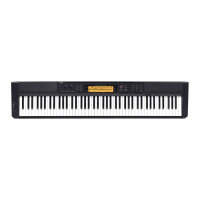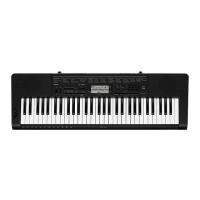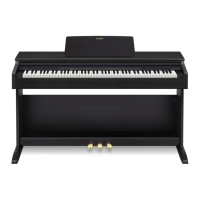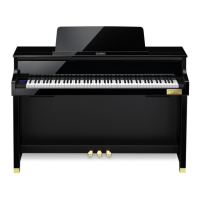EN
CDP-S360
CDPS360-E-2A
USER’S GUIDE
Preparing a Power Supply Turning Power On or Off Using a Pedal Using Headphones
Playing on the Keyboard Splitting the Keyboard for
Duet Play
Changing the Pitch in
Semitone Steps (Transpose)
Fine Tuning a Pitch (Tuning)
Changing the Pitch in Octave
Units (Octave Shift)
Using Auto Accompaniment Selecting a Built-in Song for
Playback
Using Chorus
Using Reverb Linking with a Smart Device
(APP Function)
• When the Digital Piano is being operated on battery power only, notes may sound distorted when performing or playing back
a song at maximum volume. This is due to the difference between AC adaptor power and battery power, and does not
indicate Digital Piano malfunction. If you notice distortion, switch to AC adaptor power or lower the volume level.
Cove
